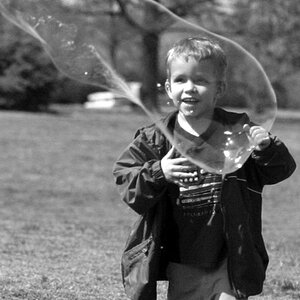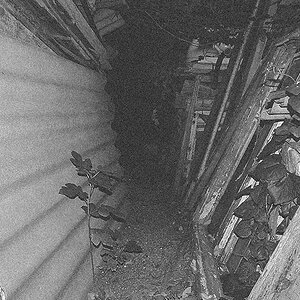AluminumStudios
TPF Noob!
- Joined
- Oct 20, 2005
- Messages
- 99
- Reaction score
- 0
- Location
- Pennsylvania
- Website
- www.aluminumstudios.com
For anyone interested in digital infrared photography, I have an infrared modified Nikon Coolpix 990 for sale on Ebay:
http://cgi.ebay.com/ws/eBayISAPI.dll?ViewItem&item=7578713617
This camera has given me a lot of beautiful photos and is a lot of fun to experiment with. It's had it's IR blocking hotmirror removed and an 87c infrared filter installed so there is no need for an external filter - it's good to go.
I have some sample photos taken with it included with the auction along with all of it's details.
Thanks,
http://cgi.ebay.com/ws/eBayISAPI.dll?ViewItem&item=7578713617
This camera has given me a lot of beautiful photos and is a lot of fun to experiment with. It's had it's IR blocking hotmirror removed and an 87c infrared filter installed so there is no need for an external filter - it's good to go.
I have some sample photos taken with it included with the auction along with all of it's details.
Thanks,
As an eBay Associate we earn from qualifying purchases.





![[No title]](/data/xfmg/thumbnail/33/33449-978bff23ad40c63da778b7e59d54f546.jpg?1619735974)


![[No title]](/data/xfmg/thumbnail/39/39532-073f9eb14e26e2b99cc29112b92a2ab6.jpg?1619739072)

![[No title]](/data/xfmg/thumbnail/42/42351-b976e32171d0405397bf5237bc4b902e.jpg?1619740148)
![[No title]](/data/xfmg/thumbnail/39/39533-c2c39d37e833a4689533c897ace8c348.jpg?1619739073)
![[No title]](/data/xfmg/thumbnail/39/39295-230d6dc9ce62e92561457d4c8fb67dc6.jpg?1619738959)
